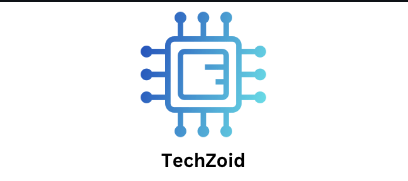Read more: Challenger Transport
Increasing Enforcement and Regulations
The cornerstone of transportation safety is a strong regulatory framework. Lawmakers and regulatory agencies must create and implement regulations that take into account the reality of contemporary transportation. This include requiring routine car inspections, upholding driver qualification requirements, and making sure safety procedures are followed. For instance, the adoption of Electronic Logging Devices (ELDs) in road transport has reduced accidents due to exhaustion by ensuring that commercial drivers adhere to hours-of-service regulations.
Furthermore, strengthening enforcement by imposing severe sanctions for infractions may serve as a disincentive. Authorities may guarantee compliance by using automated methods to monitor traffic infractions, conducting random inspections, and stepping up surveillance. Enhancing safety results may be achieved by making sure that regulations are not only properly written but also vigorously enforced.
Using Technology to Make Operations Safer
Technology has become a potent instrument for enhancing compliance and safety in many facets of transportation. Advanced Driver Assistance Systems (ADAS) including blind-spot recognition, lane-keeping assistance, and automated braking are saving lives in road transportation by averting collisions before they happen. Businesses may make sure their cars are running safely and within legal bounds by utilizing fleet management solutions that come with GPS tracking and real-time monitoring.
Similar to this, the aviation sector lowers mistakes and mechanical failures by utilizing flight monitoring systems, predictive maintenance, and real-time data analytics. Positive Train Control (PTC) technologies, which automatically halt trains in dangerous situations, are advantageous to rail networks. By offering the required paperwork and data trails, these technology solutions not only improve safety but also assist businesses in staying in compliance with changing requirements.
Enhancing Design and Infrastructure
For transportation networks to be safe, infrastructure is essential. Unsafe rail crossings, poorly maintained roadways, and insufficient signage are all significant causes of accidents. These dangers can be significantly decreased by investing in updating transportation infrastructure. Road safety may be improved, for instance, by constructing pedestrian overpasses, bike lanes, and smart traffic signals.
Air, rail, and marine safety also depend on maintaining railway tracks, modernizing airport runways, and making sure ports are equipped properly. Overall safety and compliance are greatly enhanced by urban planning that places a high priority on transportation requirements, such as secure pedestrian pathways, thoughtfully planned bus stops, and effective public transit networks.
Stakeholder Education and Training
One of the biggest reasons for mishaps involving transportation is still human mistake. Therefore, enhancing safety and compliance requires ongoing education and training. To keep current with the newest safety procedures and technological advancements, drivers, pilots, operators, and maintenance staff must complete extensive and frequent training.
A culture of responsibility may also be promoted by integrating safety education into public awareness initiatives and school curricula. Long-term behavioral change can be achieved, for example, by holding community seminars on safe commuting or educating youth about traffic safety regulations. Businesses can also put a high priority on safety culture by providing rewards for safe driving habits and making sure staff members understand the repercussions of breaking the law.
Promoting Cooperation and Information Exchange
Governments, businesses, and the general public must work together to improve transportation safety; no one organization can handle this alone. Stakeholders may spot patterns and pinpoint areas that require improvement by exchanging safety data. For instance, municipal planners can remodel hazardous crossings or road segments with the use of accident data gathered by insurance companies.
Partnerships between the public and commercial sectors can also spur investment and innovation in projects aimed at improving safety. Technology companies and transport operators working together can result in the creation of new monitoring and compliance technologies that will increase the system’s overall resilience and effectiveness.
Conclusion
The proper operation of economies and the welfare of citizens depend on transportation safety and compliance. Our efforts to maintain transportation networks secure must expand along with their complexity and size. We can create a safer, more compliant transportation system by enforcing the law, embracing technology, investing in infrastructure, giving education a priority, and encouraging cooperation. These upgrades support economic stability and public trust in our transportation networks in addition to lowering accident rates and saving lives.
